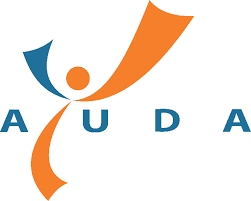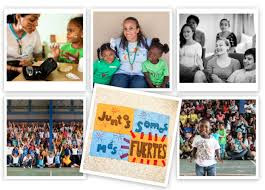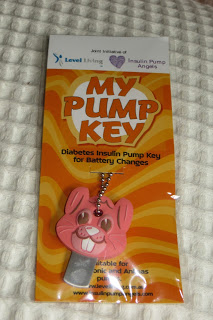 This year, for World Diabetes Day, I am piggy backing on someone else's idea and taking part in the Big Blue Test.
Why?
This year, for World Diabetes Day, I am piggy backing on someone else's idea and taking part in the Big Blue Test.
Why?
Because it's simple, it's easy, it doesn't cost me anything to participate, and it's giving to those who don't have access to insulin. Hell, it's just a good idea and I'm hoping that some of you will think so too and join me?
What is the Big Blue Test BBT?
The Big Blue Test is a diabetes awareness initiative that was started 7 years ago by an American non-profit organisation, called the Diabetes Hands Foundation (amazing organization worthy of another post). The BBT is about how one small change can have a huge impact on your health; if you have diabetes or not.
And every BBT logged raises money for those with diabetes who are less fortunate than us.
 Not only is The Big Blue Test encouraging people who don't have diabetes to exercise and creating awareness about diabetes, but it's creating awareness in our own community about how effective even a little bit of exercise is as a diabetes management tool.
Not only is The Big Blue Test encouraging people who don't have diabetes to exercise and creating awareness about diabetes, but it's creating awareness in our own community about how effective even a little bit of exercise is as a diabetes management tool.
And, by participating in the Big Blue Test, we get to help people living with diabetes who are in need with grants for life-saving diabetes supplies, treatments and patient education, usually in developing countries.
How do I take the test?
- If you have diabetes you test their blood sugar, if you don't have diabetes, don't check your blood sugar.
- You exercise for at least 14-20 minutes.
- You test again (if you have diabetes), and
- You share their experience on BigBlueTest.org or through the app for iPhone or Android.
Log in, take the test. Do a little good today for yourself – and someone else.
 |
| From Diabetes Mine |












